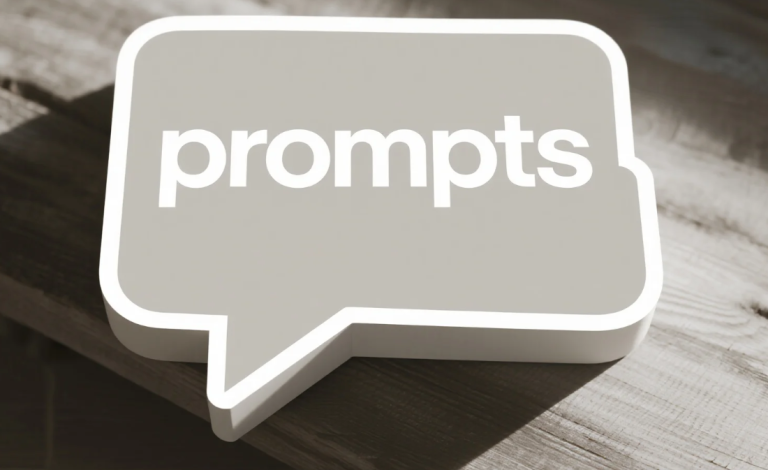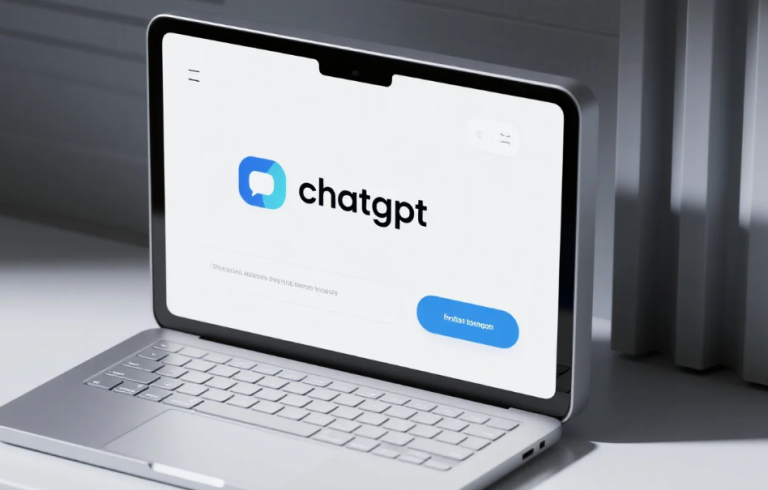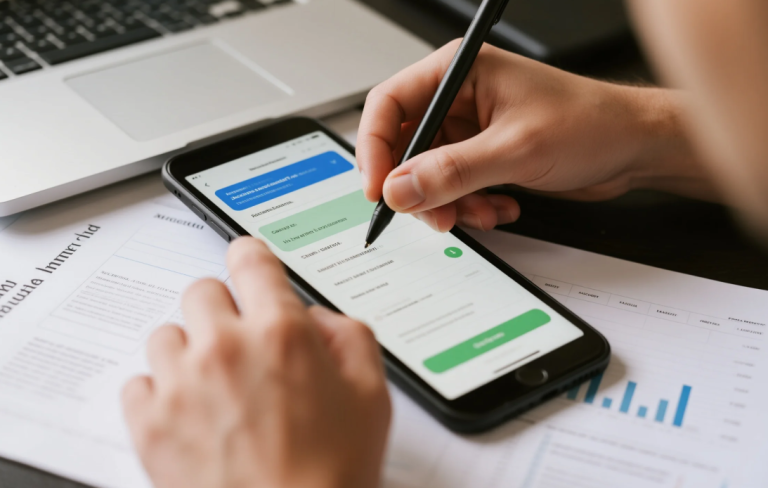Writing a letter of recommendation can feel overwhelming. Balancing professionalism, sincerity, and specificity is tricky. Luckily, AI tools like ChatGPT can help you draft a polished, persuasive recommendation quickly. Knowing how to use chatgpt to write a letter of recommendation saves time and ensures your letters truly reflect the candidate’s strengths.

In this guide, we’ll cover step-by-step instructions, prompt strategies, and real examples to help you craft letters that stand out. By the end, you’ll be confident creating letters for academic, professional, or personal purposes.
Why AI Can Enhance Recommendation Letters
Many people worry AI-generated letters might feel robotic. Actually, ChatGPT can adapt tone, style, and structure to your instructions. For instance, it can emphasize leadership, teamwork, or creativity depending on your prompt. This ensures each letter sounds authentic and tailored.
Interestingly, using AI reduces writer’s block. Sometimes, thinking about phrasing or how to frame achievements takes longer than writing itself. With AI, you get a first draft instantly, which you can refine. Therefore, learning how to use chatgpt to write a letter of recommendation is less about replacement and more about efficiency.
However, it’s worth noting that human input is still essential. Personal anecdotes and context make letters memorable.
Step 1: Gather Key Information
Before generating a letter, compile the candidate’s details:
- Full name and position or role
- Achievements and notable projects
- Skills or qualities to highlight
- Context of recommendation (job, school, scholarship)
Providing detailed context allows ChatGPT to produce accurate and relevant content. For example, you might input:
“Write a letter of recommendation for Jane Doe, who led a team project increasing sales by 30% and demonstrated excellent leadership and communication skills.”
Specificity ensures your output is meaningful rather than generic.
Step 2: Crafting Effective Prompts
The prompt determines the quality of AI output. Include these elements:
- Candidate details and achievements
- Purpose of the letter
- Tone (formal, enthusiastic, encouraging)
- Structure preference (paragraphs, bullet points)
For example:
“Create a professional, one-page letter recommending John Smith for a graduate program. Emphasize his research skills, leadership, and commitment to teamwork.”
However, it’s worth noting that slight changes in wording can produce very different drafts. Testing multiple prompts is often necessary to get the best results.
Step 3: Review and Refine the Draft
ChatGPT provides a strong starting point, but you must review its suggestions. Check for:
- Accuracy: Are achievements represented correctly?
- Tone: Is the letter encouraging but credible?
- Clarity: Are sentences concise and readable?
After reviewing, make adjustments. For example, replace “has good teamwork skills” with “excelled in collaborative projects, earning peer recognition.” This makes feedback more specific and impactful.
Interestingly, small edits can elevate a draft from generic to compelling.
Step 4: Tailoring Letters for Different Scenarios
AI can adapt letters for multiple situations. Examples:
- Academic recommendation: Focus on research, grades, and intellectual curiosity.
- Job recommendation: Highlight work experience, leadership, and problem-solving.
- Scholarship recommendation: Emphasize achievements, character, and potential.
This flexibility explains why knowing how to use chatgpt to write a letter of recommendation is useful for diverse contexts.
Moreover, you can adjust the tone based on the recipient. For formal institutions, maintain professional language. For startups or creative fields, a slightly casual tone may be more effective.
Step 5: Advanced Tips for Standout Letters
- Include anecdotes: Short stories of achievements make letters memorable.
- Use metrics or examples: Numbers, awards, or projects strengthen credibility.
- Iterate multiple drafts: Generate and compare several outputs to select the best.
- Specify style preferences: Mention “formal,” “enthusiastic,” or “concise” to guide AI.
However, over-reliance can lead to generic phrasing. Always integrate personal insights to keep letters authentic.
Case Study: From Blank Page to Polished Recommendation
A professor needed ten letters for scholarship applications. Writing them manually would have taken days. By using ChatGPT, they generated drafts in minutes. Each letter included tailored examples and personalized praises. After minor editing, the letters were polished, consistent, and ready for submission.
This demonstrates why learning how to use chatgpt to write a letter of recommendation can save time while maintaining quality.
Common Pitfalls to Avoid
- Vague prompts lead to generic letters. Include specifics.
- Overly long letters can dilute impact; aim for 1 page.
- Ignoring personal anecdotes makes letters forgettable.
Always double-check grammar, formatting, and details before sending.
Final Thoughts
Creating a compelling letter of recommendation doesn’t have to be stressful. With proper preparation, structured prompts, and careful review, ChatGPT helps you draft professional and persuasive letters efficiently. For academics, managers, and professionals alike, knowing how to use chatgpt to write a letter of recommendation is a valuable skill. It saves time, improves quality, and ensures each letter authentically represents the candidate.



